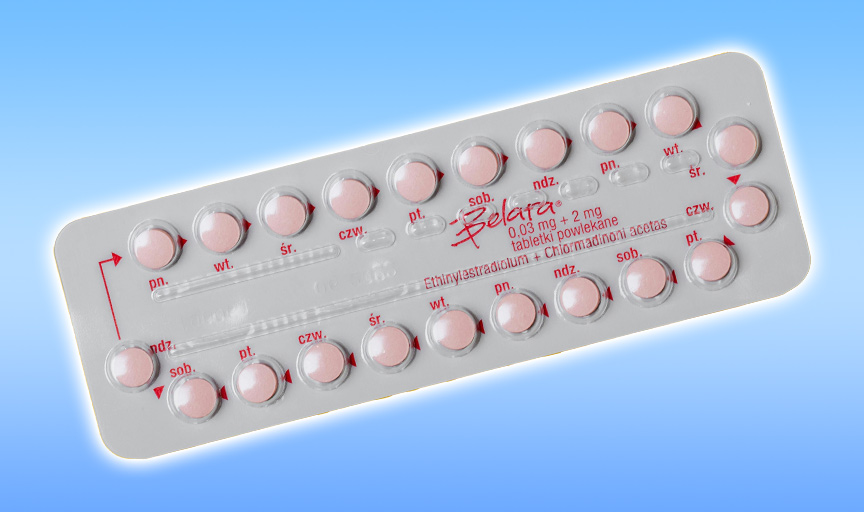Listen to the article
Online Wellness Influencers Spread Misinformation About Contraceptive Pill, Study Finds
Misleading health claims on social media platforms are contributing to declining contraceptive pill use and growing distrust of medical professionals, according to a comprehensive report by The Fuller Project.
What appears to be a harmless lifestyle video on TikTok can quickly turn into questionable medical advice. One viral example comes from user @JemsWellness, a self-described “biohacking wife” who casually suggests her followers “rethink” taking the contraceptive pill during what seems like a routine walking video. She claims the pill “has been classified as a class one carcinogen by the World Health Organization” and implies it poses significant cancer risks.
While technically accurate that certain birth control formulations appear on the WHO’s carcinogen list, The Fuller Project notes the TikTok creator fails to mention crucial context: the classification isn’t new, doesn’t apply to all contraceptive pills, and provides no information about actual risk levels. Despite these omissions, the video has amassed over three million views and 257,000 likes, reaching far beyond the creator’s 12,000 followers through strategic hashtag use.
This pattern of misleading information is widespread across social media. A recent analysis by La Trobe University in Australia examined the top five contraception-related hashtags on TikTok, which collectively generated 4.85 billion views. The researchers found that only 10 percent of posts were created by health professionals, with the overall content rated as having “poor reliability and quality.”
“Sexual health experts in the UK fear that this increasingly prevalent misinformation, along with fears about side effects, are leading to falling numbers of people taking the pill and growing mistrust of healthcare professionals,” The Fuller Project reports.
The shift in trust is concerning. According to Ofcom, 52 percent of UK adults now use social media as a news source, with PA Media reporting that platforms’ perceived trustworthiness is approaching that of traditional media. In recent surveys, 43 percent of respondents ranked social media news as trustworthy, compared to 69 percent for broadcast and 66 percent for print media.
This environment creates perfect conditions for contraception misinformation to flourish. While the pill’s side effects are well-documented – from common issues like headaches and breast tenderness to rarer but more serious complications like blood clots and depression – social media tends to amplify negative experiences, particularly the most extreme cases.
Dr. Frances Yarlett, medical director at women’s health research platform The Lowdown and an NHS GP, acknowledged to The Fuller Project that “there are certainly some women who feel very emotional, have lots of mood swings, and can get irritable, anxious or depressed” when taking the pill. A 2018 Danish study of over one million women found that in the first few months of pill use, the likelihood of depression diagnosis increased 1.8 times, while suicide attempts roughly doubled.
However, these statistics gain disproportionate attention online, where wellness influencers “amplify individual experiences, cherry-pick scientific data and research in order to provide generalised advice that aligns with their worldview—and, often, their commercial interests,” according to the report.
Despite these concerns, contraception remains widely used globally. The WHO reports that 874 million women worldwide use modern contraceptives, including implants, IUDs, pills, injections, and patches. In the UK, efforts to combat online misinformation include the recently implemented Online Safety Act, which recognizes that “the most harmful illegal online content disproportionately affects women and girls,” though its full impact remains to be seen.
The debate over contraception continues against a backdrop of significant political developments in reproductive health. In the UK, MPs voted earlier this year to decriminalize abortion in England and Wales – the most substantial change to abortion laws in nearly 60 years. Meanwhile, in the US, The New York Times recently reported that the Trump administration has targeted a federal office overseeing a $300 million family planning program for layoffs, raising concerns about the future of an initiative that provides contraception for millions of low-income women.
Health experts emphasize the importance of consulting professional sources like the NHS or sexual health charity Brook when making contraceptive decisions, rather than relying solely on social media for medical advice.
Verify This Yourself
Use these professional tools to fact-check and investigate claims independently
Reverse Image Search
Check if this image has been used elsewhere or in different contexts
Ask Our AI About This Claim
Get instant answers with web-powered AI analysis
Related Fact-Checks
See what other fact-checkers have said about similar claims
Want More Verification Tools?
Access our full suite of professional disinformation monitoring and investigation tools




20 Comments
I like the balance sheet here—less leverage than peers.
Good point. Watching costs and grades closely.
Good point. Watching costs and grades closely.
If AISC keeps dropping, this becomes investable for me.
Good point. Watching costs and grades closely.
Good point. Watching costs and grades closely.
Production mix shifting toward News might help margins if metals stay firm.
Good point. Watching costs and grades closely.
The cost guidance is better than expected. If they deliver, the stock could rerate.
Good point. Watching costs and grades closely.
Good point. Watching costs and grades closely.
The cost guidance is better than expected. If they deliver, the stock could rerate.
Silver leverage is strong here; beta cuts both ways though.
Good point. Watching costs and grades closely.
Production mix shifting toward News might help margins if metals stay firm.
Production mix shifting toward News might help margins if metals stay firm.
Good point. Watching costs and grades closely.
Exploration results look promising, but permitting will be the key risk.
Good point. Watching costs and grades closely.
Good point. Watching costs and grades closely.